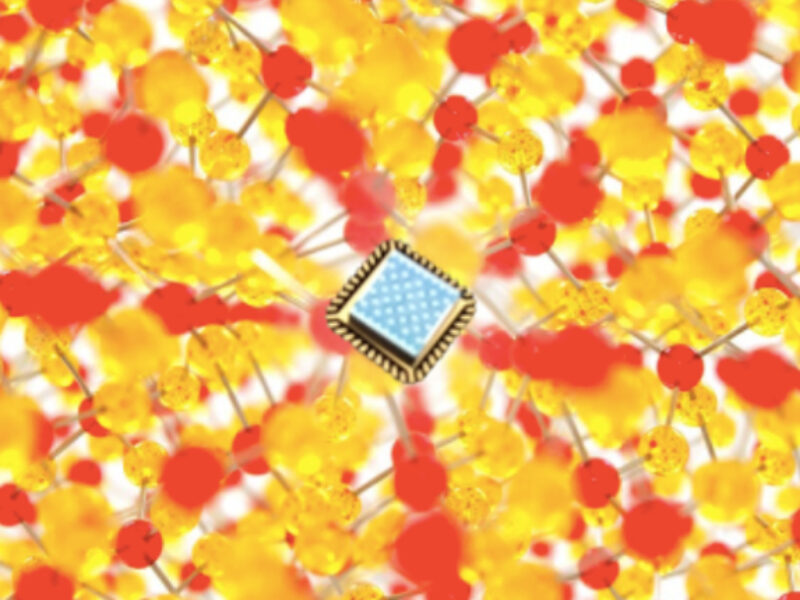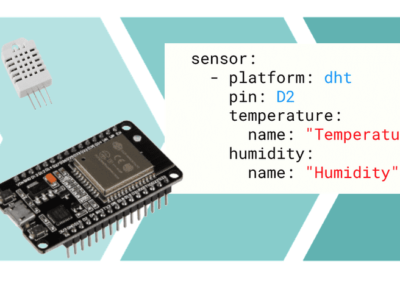
Startup offers multi-gas sensing, machine learning
The sensor uses doped materials and nanotechnology to detect multiple airborne gases and volatile organic compounds simultaneously at parts per billion levels.
The company, founded in 2016, has named its technology AerCNT wih the inference that a carbon nanotube layer and the impact on resistance of different chemicals alighting there is the method of detection.
AerCNT is based on nanomaterials created with multi-layer hybrid nano-structures. Sensor arrays with different material combinations and proprietary molecular formulations to provide simultaneous detection of multiple gases. The sensor includes carbon nanotubes, nanowires and polymers.
The resulting sensor measures 3mm by 3mm and consumes less than 2mA in operation. The AerCNT technology also includes data science, machine learning, predictive analysis the company states. The detection of multiple gases occur within seconds, it added.
Little has been disclosed about the fundamental means of operation. The AerCNT formulation is apparently configured for specific sensor needs before going into volume production, apparently making it more of an application-specific or customer-specific approach to the market. The machine learning is used post deployment within cloud-based systems to provide “actionable intelligence.”
AerNos claims “This technology enables us to provide the sensitivity and selectivity that is required to provide the level of accuracy so important in many applications.
“The AerNos AerCNT technology can be used for a variety of applications including environmental air quality monitoring, medical research, healthcare applications, food spoilage and safety, industrial safety and homeland security,” said Sundip Doshi, CEO of AerNos, in a statement.
The low power and small form factor of the AerCNT gas sensor makes it suitable for inclusion in consumer and commercial products such as standalone monitoring devices, drones, industrial robots, city infrastructures, modes of transportation, wearables, smartphones and Internet of Things (IoT).
Related links and articles:
News articles:
Graphene-based transistor promises 1ppb gas sensing
Updated: smartphones to kickstart gas sensor market
Sensirion debuts multi-pixel gas sensor
CEO interview: Everke of AMS on four pillars of sensing
 If you enjoyed this article, you will like the following ones: don't miss them by subscribing to :
eeNews on Google News
If you enjoyed this article, you will like the following ones: don't miss them by subscribing to :
eeNews on Google News



